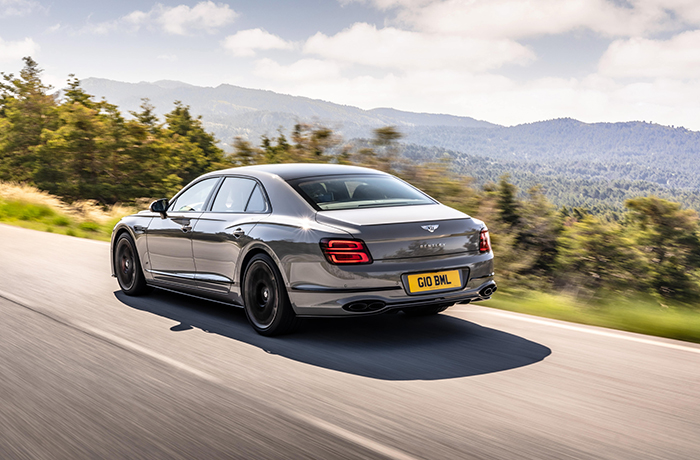Bentley Motors is today confirming the retirement of its current-generation 4.0-litre twin-turbo V8 engine from the Continental GT, Continental GTC and Flying Spur model lines. The first regions to see the current V8 version depart will be the UK, Europe and MEAI, with other areas to follow later.

While the current engine will live on as part of the Bentayga family, the end of production for Continental and Flying Spur ranges is the next step of Bentley’s Beyond100 strategy, with all model lines offering a hybrid variant in 2024. This journey has already begun, with the introduction of the Bentayga and Flying Spur Hybrid models for which demand is exceeding the company’s expectations.
The V8 internal combustion engine has played a key role at the heart of many Bentleys over the last 75 years. The first L-Series V8 engine was introduced in the S2 in 1959, developing 180 bhp. Today’s current-generation V8 produces three times the power with two thirds of the capacity.
Since the 4.0-litre V8’s introduction in 2012, more than 53,000 V8-powered Continental GT, GTC and Flying Spur examples have been produced, each one crafted entirely by hand at Bentley’s Dream Factory in Crewe, England.
The final V8-engined Continental GT, GTC and Flying Spur models are available now in the United Kingdom, Europe and the Middle East. Production is to be completed soon with final deliveries in June and while some existing examples remain available through retailer stocks and transport pipelines. The end of production for other regions will follow at a later date.
Today’s V8 engine
The modern V8-powered Bentleys offer compelling power and torque figures alongside a characterful engine note, greater range between fuel stops and a reduction in CO2 emissions when compared to the W12. The design concept of the V8 engine has ensured the engine delivers very high torque, whilst still achieving lower emissions and the best possible efficiency. The V8 produces a peak power of 550 PS (542 bhp, 404 kW), with maximum torque of 770 Nm at 2,000 rpm, maintaining this as a flat plateau through to 4,500 rpm. An exactly square engine, matching the stroke length to the 86 mm cylinder bore, gives the best balance between power and torque, and with the help of twin-scroll turbochargers the engine develops over 135 bhp per litre.


COMMENTS